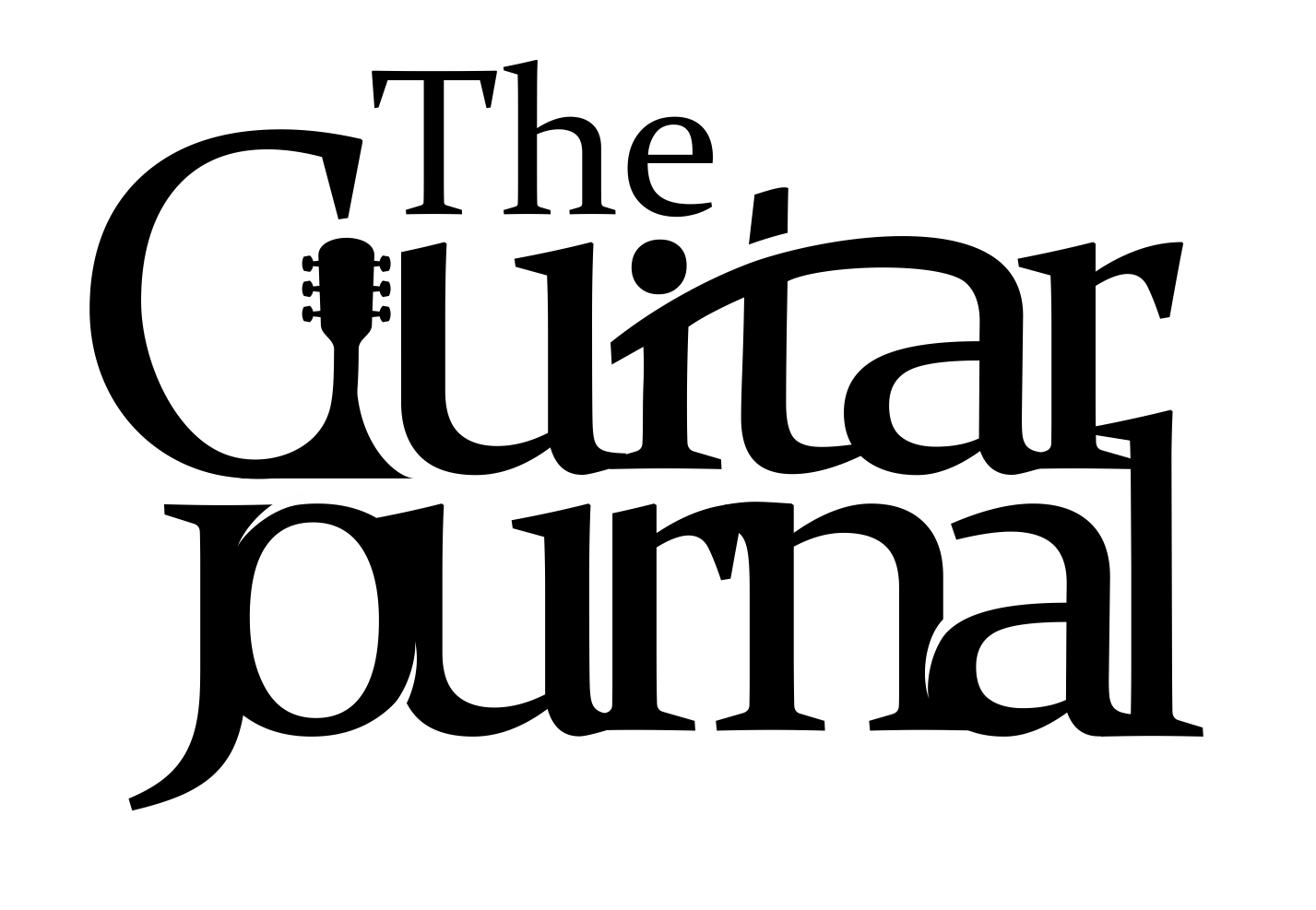What is Newgrass? A Primer on the Popular, Modern Wave of Bluegrass
Bluegrass has come a far way from it's roots. It's joined forces with rock, jazz, and world music - and created a new generation of amazing musicians playing this exciting new mashup: Newgrass.
AKA "New Acoustic", or "Modern bluegrass".
Odds are you've heard it and loved it, even if you didn't know what it was called ; )
What is Newgrass?
Traditional bluegrass music sticks close to traditions. Instrumentation, song selection, playing styles - they're all based in a long and storied bluegrass tradition. Specifically, in the playing and person of Bill Monroe.
In the 1970s, though, several new bands began pointing the way to a more liberal interpretation of bluegrass. One of those bands was "New Grass Revival", including members Sam Bush, Courtney Johnson, Ebo Walker, Curtis Burch, Butch Robins, John Cowan, Béla Fleck and Pat Flynn.
New Grass Revival took bluegrass to a new level in a number of ways. First of all, they looked different. Instead of a traditional approach, they looked more like a crossover from the hippie movement.
More importantly, this new interpretation of bluegrass incorporated new sounds and new instruments in four key ways:
- Songs might be pulled from other genres like rock or pop.
- Arrangements included jazzier progressions and chord voicings.
- New instruments were incorporated, like drums, dobro, and electric guitar.
- Performances were more akin to jam-band style performances than the neat'n'tidy bluegrass formulas of the past.
A Brief History of Newgrass
By the late 80's and early 90's, Newgrass music was going mainstream. In 1991, Alison Krauss won best Bluegrass Album Grammy for "I've Got That Old Feeling".
In 1988, Béla Fleck earned a Grammy for Best Bluegrass Recording (Vocal or Instrumental) for his album "Drive". And in 1990, Béla Fleck earned another Grammy for Best Instrumental Composition for his song, "The Sinister Minister", which has gone on to be a staple of Fleck's performance for almost 3 decades. And, of course, many other Newgrass musicians were gaining notoriety along the way, as well.
A cultural turning point was, perhaps, reached with the popularity of the soundtrack to "O Brother Where Art Thou" in 2000. For many people that had never been exposed to bluegrass before, the Soggy Bottom Boys handling of songs like "Man of Constant Sorrow" and "Down to the River to Pray" instantly won them over. Of course, the Soggy Bottom Boys was a fictional band in the movie - but the film recordings were performed byf many of the great newgrass players like Alison Krauss, Dan Tyminski, and others.
Today, we see Newgrass artists commanding packed shows and busy touring schedules. People like: Béla Fleck and the Flecktones, Alison Krauss and Union Station, and The Infamous Stringdusters.
And the field keeps growing. New artists like: Chris Thile, Jordan Tice, and Trampled by Turtles are consistently breaking new ground.
For a quick way to listen to some of these artists, check out the last.fm station for Newgrass.
Players to Hear
There's no shortage of great Newgrass players. Here are a few highlights. (And, of course, if you a favorite Newgrass artist, be sure to mention them in the comments below!)
- New Grass Revival
- Béla Fleck and the Flecktones
- Alison Krauss and Union Station
- Punch Brothers
- Yonder Mountain String Band
- The Infamous Stringdusters
- Nickelcreek
- Jordan Tice
- Chris Thile
- Sarah Watkins
- Trampled by Turtles
- Old Crow Medicine Show
- And many, many more...
More Reading:
Unfortunately, there's not a lot of material out there on this genre, despite it's popularity. A couple links, though, that will provide some more detail:
https://en.wikipedia.org/wiki/New_Acoustic_Music
https://www.last.fm/tag/newgrass/artists?page=1
http://newgrassfestivals.yolasite.com/what-is-newgrass.php
Before You Go:
This is the song that first personally captivated me with the potential of Newgrass. I can still remember that moment in the pro audio section of Sam Ash in Northridge. Hearing this song being played to test a speaker system and thinking, "What? How is this even possible?". I was floored.
It's Newgrass through and through - a classical song, performed by an electric bluegrass band, in complete jamband style.
Béla Fleck and the Flecktones rocking "Hoedown"..
https://www.youtube.com/watch?v=tobxjvwouAU

